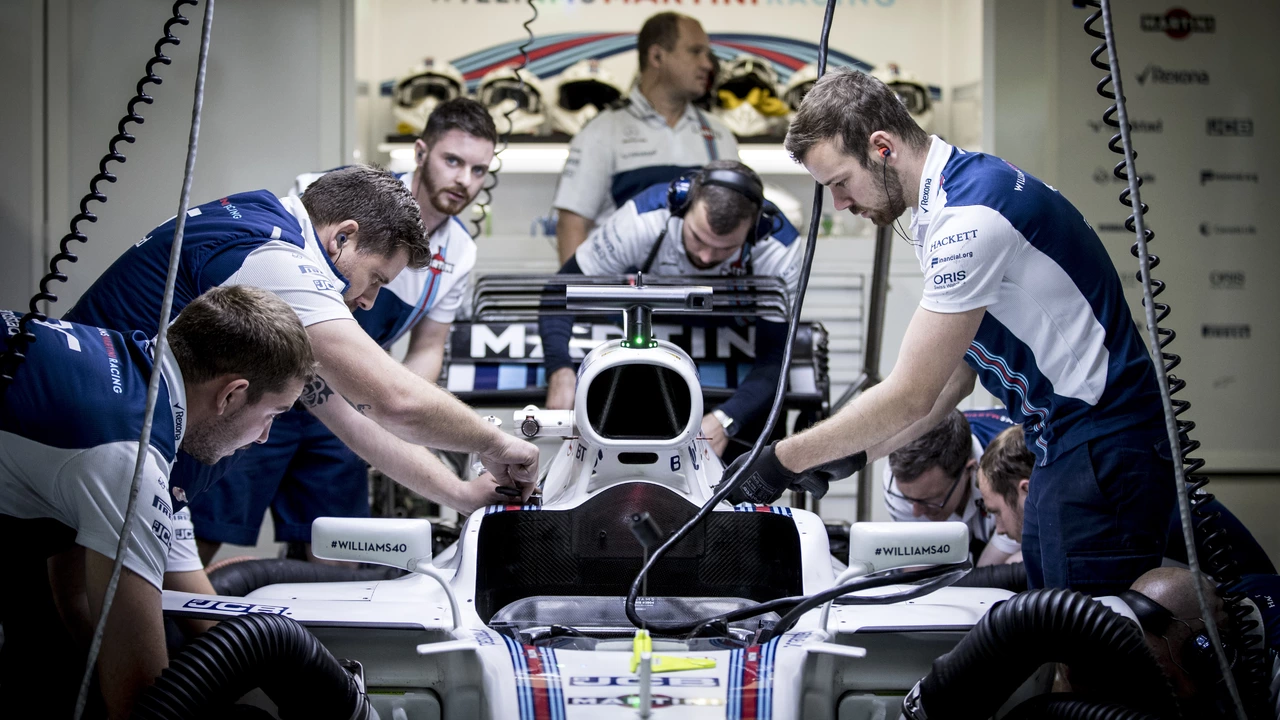Motorsports Technology & Software: What Race Engineers Use Daily
If you’ve ever wondered how a race car gets that extra tenth of a second, the answer lives in the software on the engineers’ laptops. Modern teams blend data, simulation, and design tools to turn raw numbers into on‑track speed. Below you’ll find the most common programs that power everything from tire wear analysis to virtual testing, plus a quick look at why each one matters.
Data acquisition and analysis
First up are the tools that collect and make sense of sensor data while the car is on the track. MoTeC and Pi Toolbox dominate this space. MoTeC hooks into the car’s ECU, logs everything from throttle position to G‑forces, and then visualises it in easy‑to‑read graphs. Pi Toolbox does the same but adds a strong focus on real‑time telemetry, letting engineers spot a problem before it costs a lap. Both programs let the crew compare laps side by side, spot trends, and adjust the car’s setup in minutes rather than hours.
Simulation and virtual testing
When you can’t afford to run endless physical tests, you turn to simulation software. rFactor Pro offers a highly detailed physics engine that mimics real‑world grip, tire degradation, and fuel consumption. Teams can tweak aerodynamic settings or try new suspension geometry and instantly see how it affects lap time. Another popular choice is the Dallara Simulator, which is tailored for open‑wheel and sports‑prototype cars. These platforms not only cut costs but also keep drivers safe while they explore the limits of a new setup.
Design and aerodynamics are handled by heavyweight CAD and CFD packages. Siemens NX lets engineers create 3D models of every component, from the chassis to the brake calipers. When the shape is ready, ANSYS Fluent runs airflow simulations to predict downforce and drag. The combination of CAD and CFD means teams can iterate on a new wing design virtually, test it in the wind tunnel, and only then commit to building a physical part.
All these tools work together like a well‑tuned engine. Data acquisition tells the engineers what’s happening on the track, simulation lets them test fixes without a pit stop, and design software ensures the physical parts match the virtual model. The result is faster development cycles, better performance, and, most importantly, a safer environment for drivers to push the limits.
So next time you hear a race car roar past, remember there’s a suite of software behind that sound, crunching numbers, shaping aerodynamics, and running virtual laps. Without these programs, modern motorsport would be a lot slower, a lot more expensive, and a lot less exciting.
What software do race engineers use in motorsports?
In the exhilarating world of motorsports, race engineers rely heavily on specialized software to optimize performance and gain a competitive edge. Tools like MoTeC, Pi Toolbox, and ATLAS are commonly used for data acquisition and analysis, helping teams understand everything from fuel efficiency to tire wear. Simulation software such as rFactor Pro and Dallara Simulator allows for virtual test runs, reducing costs and improving safety. For car design and aerodynamics, software like Siemens NX and ANSYS Fluent play a crucial role. It's truly fascinating to see how technology intersects with the fast-paced world of racing.
